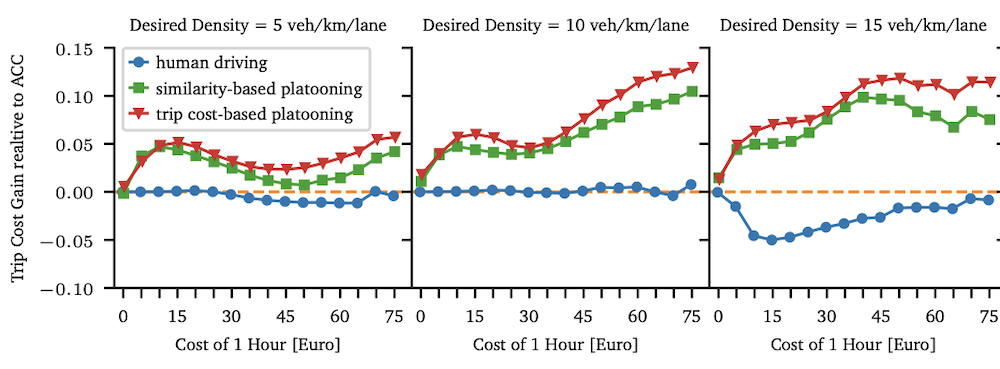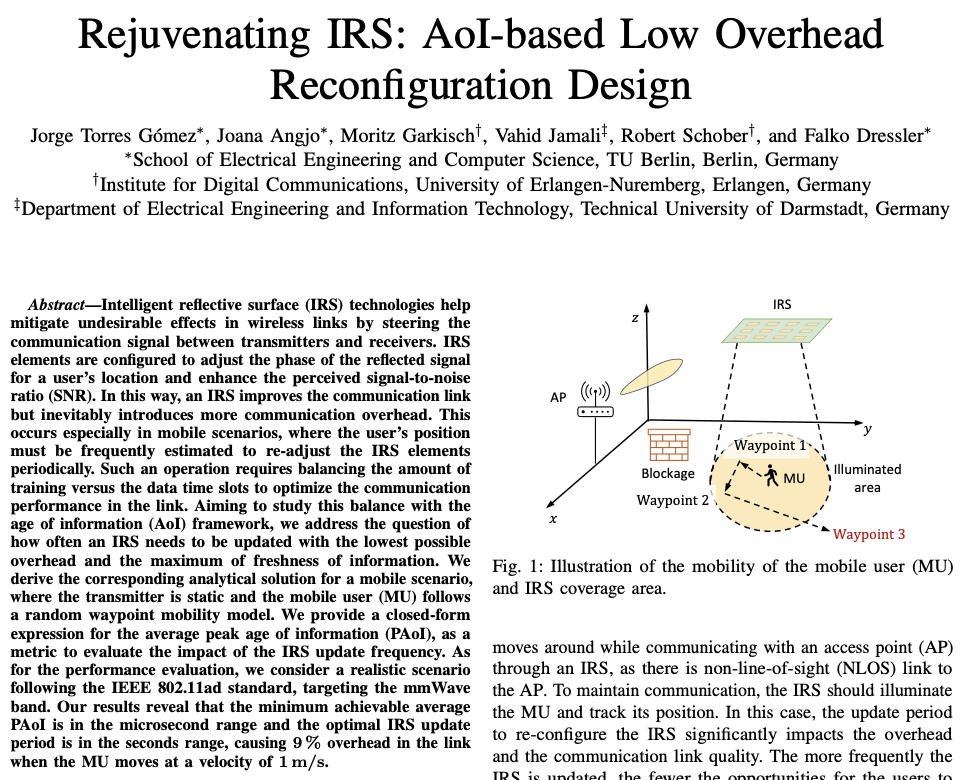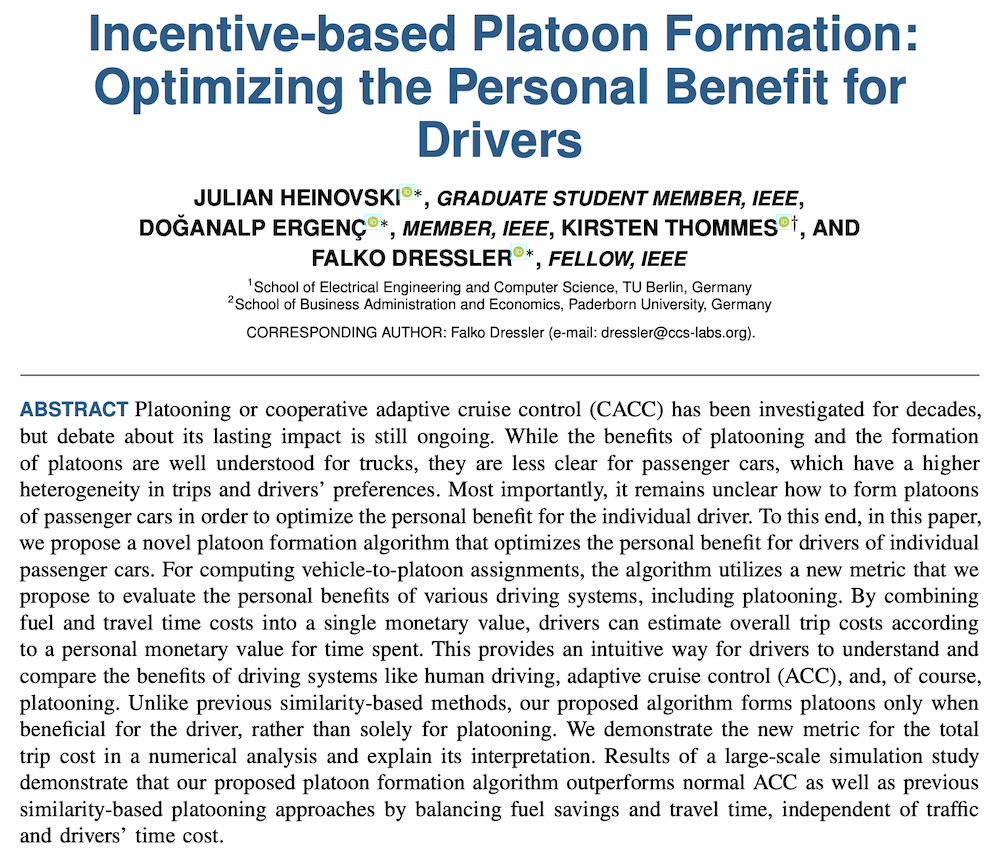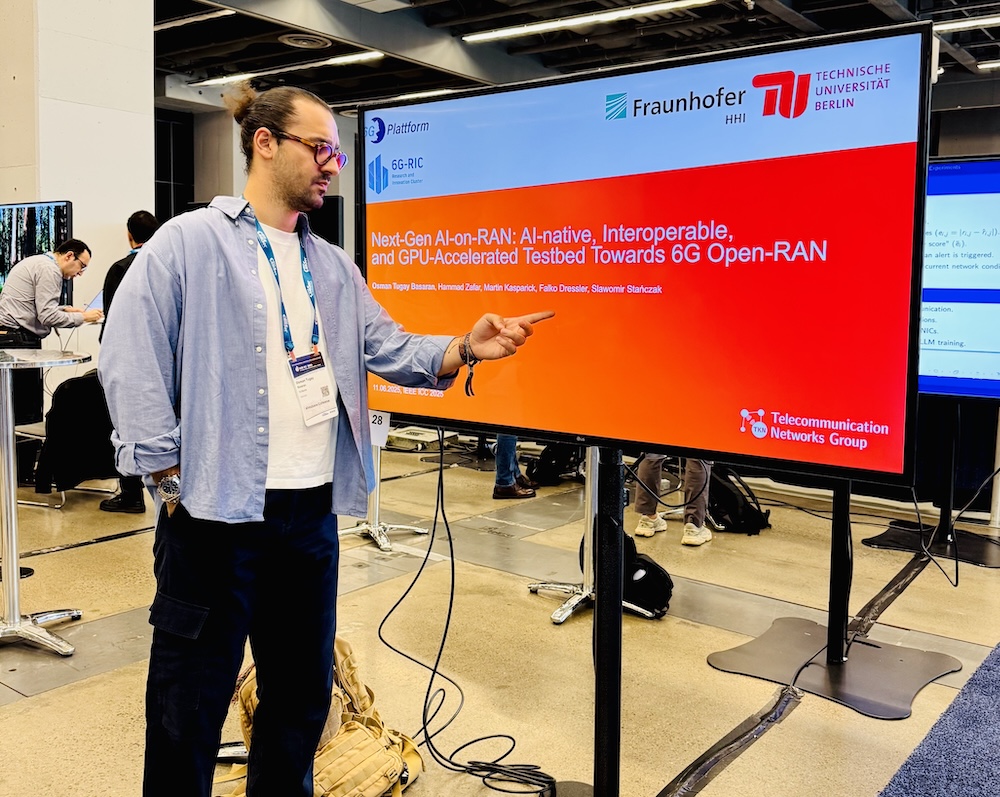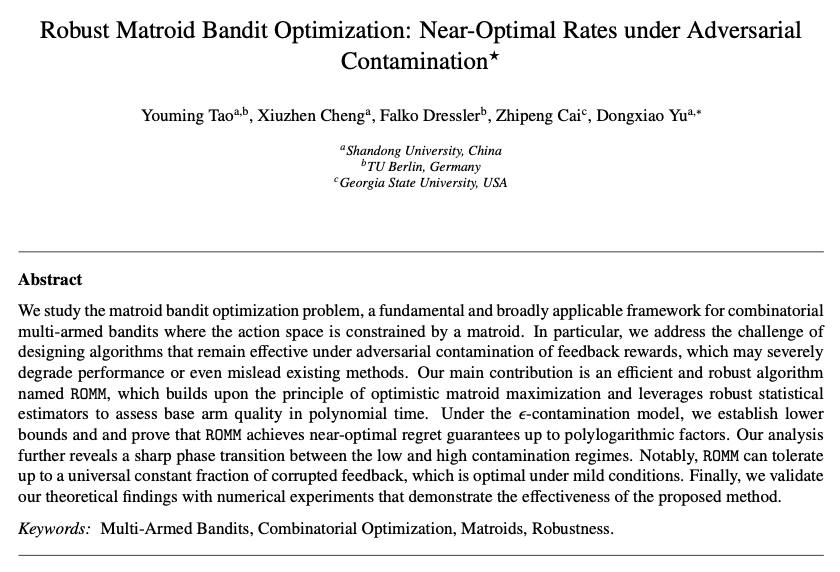Literature Database Entry
dressler2004roses
Falko Dressler and Gerhard Fuchs, "ROSES - RObot assisted SEnsor networkS," Department of Computer Science, Friedrich–Alexander University of Erlangen–Nuremberg (FAU), Poster, November 2004.
Abstract
The development and the control of self-organizing, self-configuring, self-healing, self-managing, and adaptive communication systems and networks are primary research aspects of the Autonomous Systems group at the chair for Computer Networks and Communication Systems. The employed embedded systems, e.g. sensor motes and mobile robots, are getting smaller, more mobile, and more energy aware. Novel mechanisms in operating systems, in the communication infrastructure, and in applications provide enormous energy savings. Sensor motes are used e.g. for the collection, the processing, and the communication of measurement data. Another research aspect of our group is the combination of mobile robot systems with stationary sensor networks. Such mobility enhancements as well as the limited resources in typical sensor networks lead to new problems, challenges, and solution spaces in terms of efficient data management and communication. In addition to engineering methods we investigate in bio-inspired methodologies learnt from cell and molecular biology to address these issues.
Quick access
Authors' Version ![]() (PDF on this web site)
(PDF on this web site)
BibTeX ![]()
Contact
Falko Dressler
Gerhard Fuchs
BibTeX reference
@techreport{dressler2004roses,
author = {Dressler, Falko and Fuchs, Gerhard},
title = {{ROSES - RObot assisted SEnsor networkS}},
institution = {Department of Computer Science, Friedrich--Alexander University of Erlangen--Nuremberg (FAU)},
location = {Erlangen, Germany},
month = {11},
type = {Poster},
year = {2004},
}
Copyright notice
Links to final or draft versions of papers are presented here to ensure timely dissemination of scholarly and technical work. Copyright and all rights therein are retained by authors or by other copyright holders. All persons copying this information are expected to adhere to the terms and constraints invoked by each author's copyright. In most cases, these works may not be reposted or distributed for commercial purposes without the explicit permission of the copyright holder.
The following applies to all papers listed above that have IEEE copyrights: Personal use of this material is permitted. However, permission to reprint/republish this material for advertising or promotional purposes or for creating new collective works for resale or redistribution to servers or lists, or to reuse any copyrighted component of this work in other works must be obtained from the IEEE.
The following applies to all papers listed above that are in submission to IEEE conference/workshop proceedings or journals: This work has been submitted to the IEEE for possible publication. Copyright may be transferred without notice, after which this version may no longer be accessible.
The following applies to all papers listed above that have ACM copyrights: ACM COPYRIGHT NOTICE. Permission to make digital or hard copies of part or all of this work for personal or classroom use is granted without fee provided that copies are not made or distributed for profit or commercial advantage and that copies bear this notice and the full citation on the first page. Copyrights for components of this work owned by others than ACM must be honored. Abstracting with credit is permitted. To copy otherwise, to republish, to post on servers, or to redistribute to lists, requires prior specific permission and/or a fee. Request permissions from Publications Dept., ACM, Inc., fax +1 (212) 869-0481, or permissions@acm.org.
The following applies to all SpringerLink papers listed above that have Springer Science+Business Media copyrights: The original publication is available at www.springerlink.com.
This page was automatically generated using BibDB and bib2web.

